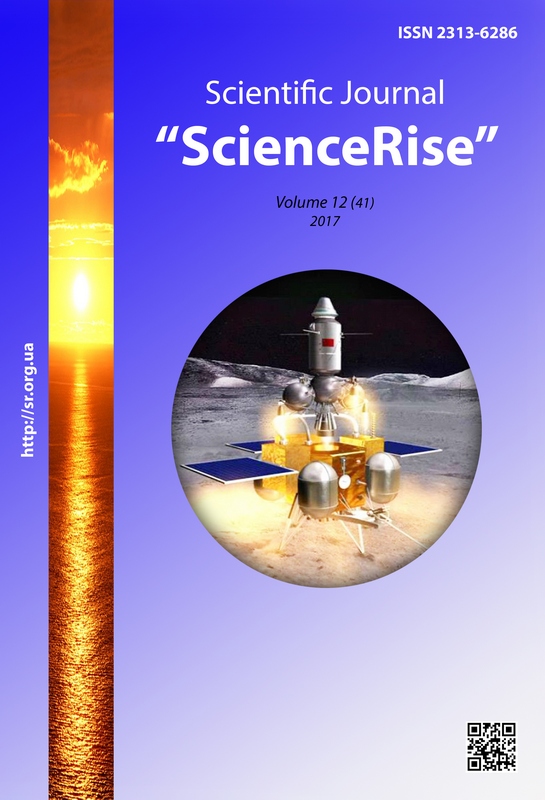Specificity of the content of the professional component in the verbalized picture of the future of embroiderers
DOI:
https://doi.org/10.15587/2313-8416.2017.119017Keywords:
ethnos, consciousness, phonosemantics, scale, features, emotionality, color, future, profession, embroidererAbstract
The article presents the results of the study of three groups of adolescence according to the modified method Yu. Hilbuch "Epistolary product" in the framework of the scientific research "Psychological peculiarities of the formation of ethnic consciousness in adolescence by means of Ukrainian folk embroidery". The attitude of knots to embroidering as the basis of the chosen embroidery profession, which is reflected in the picture of the ethnic consciousness of the latter, is researched using this technique
References
Pro zatverdzhennia Kontseptsii natsionalno-patriotychnoho vykhovannia molodi (2015). Ministerstvo osvity i nauky Ukrainy, No. 641. Available at: http://old.mon.gov.ua/ua/about-ministry/normative/4068-
Gegel', G. V. F. (2000). Lektsii po istorii filosofii. Saint Petersburg: Nauka, 479.
Vygotskiy, L. S.; Luriya, A. R., Yaroshevskiy, M. G. (Eds.) (1982). Sobranie sochineniy. Vol. 1. Voprosy teorii i istorii psikhologii. Moscow: Pedagogika, 488.
Lozova, O. M. (2007). Psykhosemantyka etnichnoi svidomosti. Kyiv: Osvita Ukrainy, 402.
Petrenko, V. F. (2005). Osnovy psikhosemantiki. Saint Petersburg: Piter, 480.
Soldatova, G. U. (1998). Psikhologiya mezhetnicheskoy napryazhennosti. Moscow: Smysl, 389.
Yablonska, T. M., Lozova, O. M., Yaremchuk, O. V., Dukhnich, O. V. (2014). Etnopsykholohichnyi vymir Ukrainy: semiozys, mifotvorchist, identychnist. Kyiv: Interservis, 193.
Sokolova, V. F. (2010). Ontohenez natsionalnoi svidomosti i samosvidomosti. Problemy zahalnoi ta pedahohichnoi psykholohii, XII (4), 365–371.
Gil'bukh, Yu. Z. (1989). Psikhodiagnostika v shkole. Moscow: Znanie, 79.
Sistema VAAL. Available at: http://www.vaal.ru/
Downloads
Published
Issue
Section
License
Copyright (c) 2017 Diana Sabol

This work is licensed under a Creative Commons Attribution 4.0 International License.
Our journal abides by the Creative Commons CC BY copyright rights and permissions for open access journals.
Authors, who are published in this journal, agree to the following conditions:
1. The authors reserve the right to authorship of the work and pass the first publication right of this work to the journal under the terms of a Creative Commons CC BY, which allows others to freely distribute the published research with the obligatory reference to the authors of the original work and the first publication of the work in this journal.
2. The authors have the right to conclude separate supplement agreements that relate to non-exclusive work distribution in the form in which it has been published by the journal (for example, to upload the work to the online storage of the journal or publish it as part of a monograph), provided that the reference to the first publication of the work in this journal is included.

